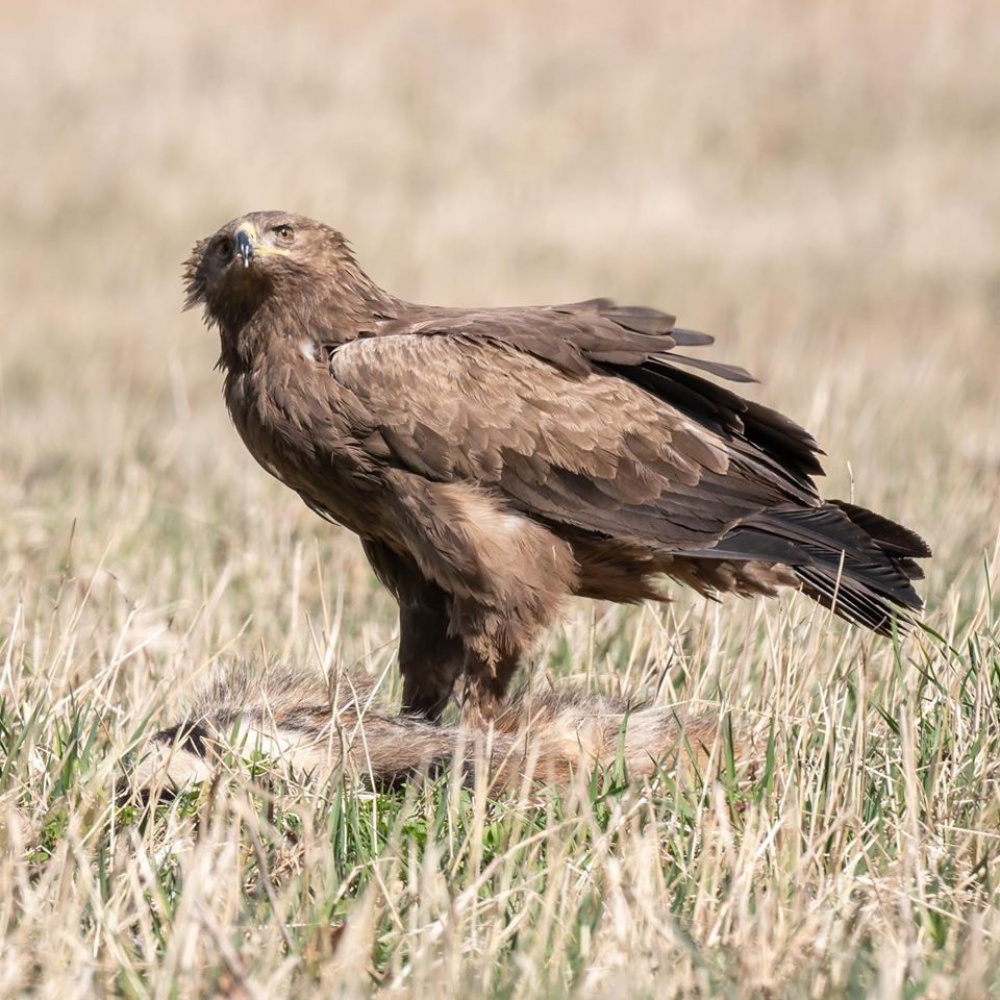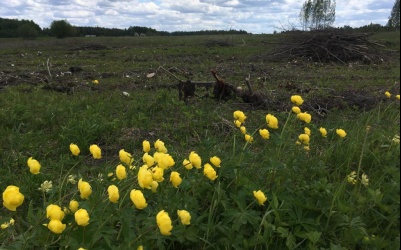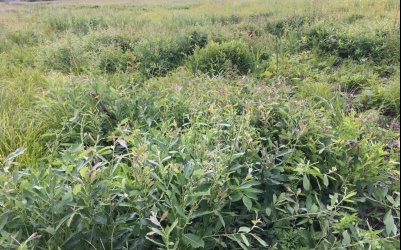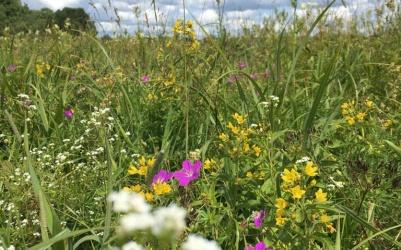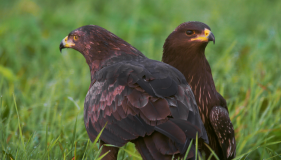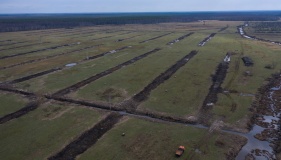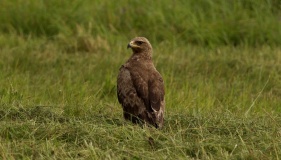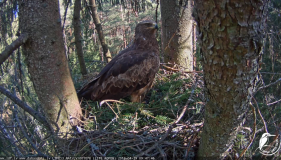Kuja Nature Park, the territory of which is located in Madona and Lubāna districts, is special – there is an exceptionally high diversity of bird species – in the mosaic landscape, where forests and agricultural lands alternate, you can find 32 protected bird species. The most important is the lesser spotted eagle, because it is in Kuja Nature Park that the historically highest nesting density of lesser spotted eagles has been found not only in Latvia, but in the whole area of distribution of the species.
Areas such as Kuja Nature Park are especially in need of management that takes into account the interests of nature. Within the framework of the project ‘Ensuring the Protection of the Lesser Spotted Eagle’, 30 hectares of meadows or natural grasslands are being restored in Kuja in five different territories in cooperation with private landowners and JSC Latvia’s State Forests. There are grasslands in these areas that correspond to grassland habitats of European Union importance, but the meadows have been abandoned – overgrown with bushes. In overgrown grasslands, plant diversity is declining and they are no longer suitable for feeding needs of the lesser spotted eagle.
Within the framework of the project, the goal has been set to restore these areas so that they once again have natural diversity and, consequently, feeding habitats suitable for the lesser spotted eagle. To do this, the main work to be done in these places is the cutting of bushes. After that, milling of bush stumps and stubs is planned in the territories, and then we can expect the restoration of the grasslands. As Maija Medne, the project's grassland expert, comments: ‘In places where this has already been done, changes can already be seen – where there was bare ground under the bushes due to shading, vegetation is being restored and plants characteristic of meadows appear.’ Plant and bird monitoring is carried out at all meadow restoration sites, which will allow assessing the impact and progress of grassland restoration.
According to Maija Medne, landowners are responsive to cooperation, because now meadows will also become agricultural land – they will be able to graze cattle and collect hay. After the completion of the restoration works, the meadows will be further managed by the owners themselves, taking care of the preservation of natural diversity.


